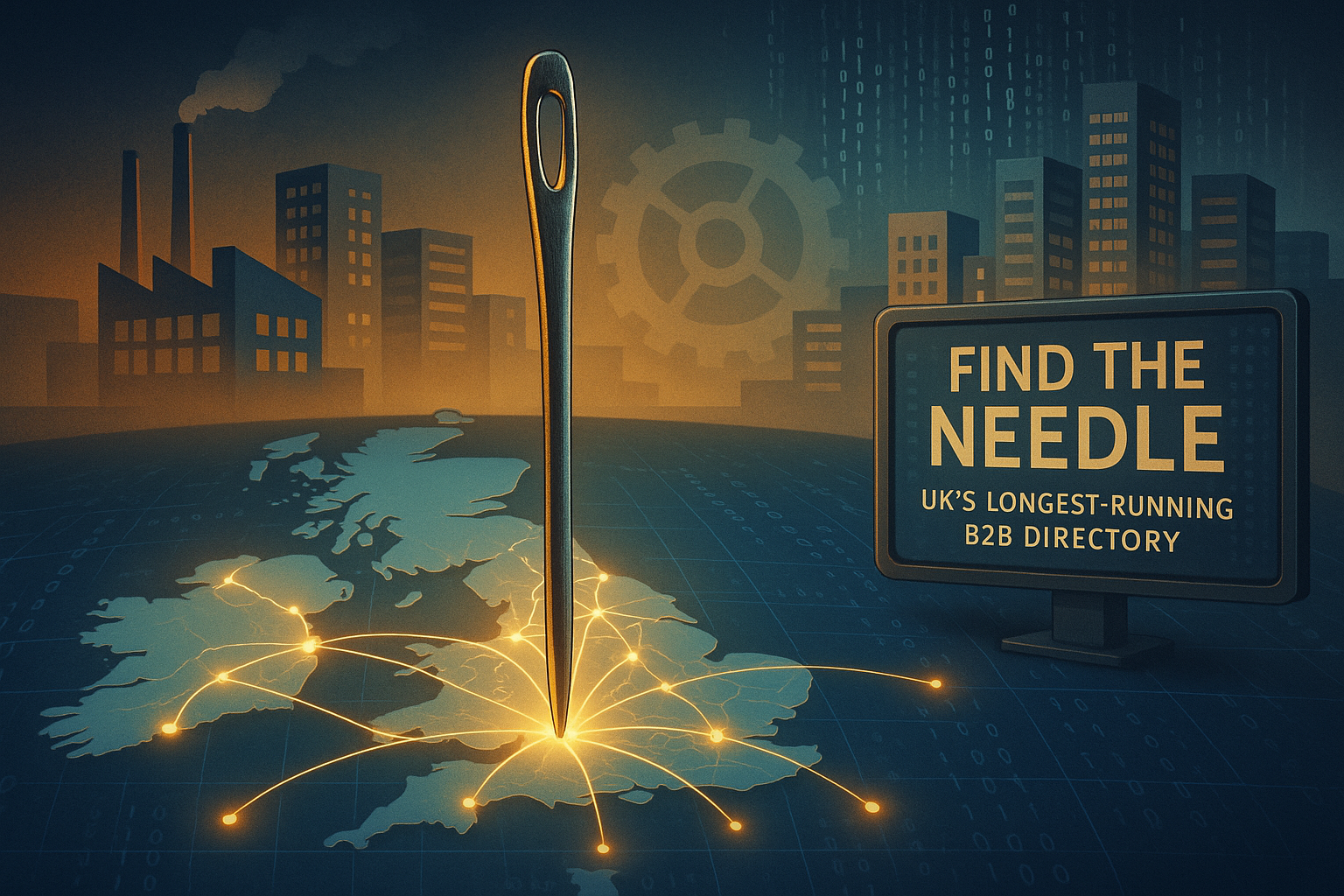How Much is On-Page Content Driving Traffic in 2025?
- 15 Apr 2025
- Articles
The world of search engine optimisation is one built on reasoned deductions and lots of hunches. Every time a new algorithm update is released by Google or any of the other major search engines, the world of digital marketing descends into chaos. Entire strategies are thrown out and meetings are quickly cobbled together to discuss immediate plans to salvage what is left.
Or that’s how it feels, at least. The reality probably lies somewhere in between unadulterated chaos in boardrooms across the world and the zen-like bliss of a well-prepared and confident marketing department. Algorithm updates are all part and parcel of keeping up in a rapidly-changing world of technology and business.
With a March 2025 update now in full swing, there’s one key element that appears to have emerged as the fundamental driver of success in SEO. On-page content has come out of the latest update as the winner, it seems. So what does the latest Google update mean for on-page copy, and what will businesses need to do to keep up?
Helpful, Relevant Content Key to Ongoing Success in Ranking
Observations in the wake of a major search engine update are always inclusive of a fair amount of guesswork. Immediately following the implementation of algorithmic tweaks, traffic to even majorly successful sites will experience fluctuations. However, organic content written with the user in mind appears to be achieving strong results.
This heavily favours businesses that have invested in well-written, people-first content. That means that businesses that are largely on-site services or that are aiming to answer customer questions are experiencing better results than those that have taken a cookie-cutter approach. This is particularly notable in specific industries like the online casino.
As these sites are mostly the only service the business offers, they have largely invested in content to explain the games on offer and answer frequently asked questions. For example, this online casino has positioned their games at the top of the page, with a breakdown of important information below in a conversational format, with an FAQs section at the very bottom. Search engines will love that.
Programmatic Content and Unnatural Copy is the Big Loser
With the updates to the algorithm seeming to favour organic, human-produced content, it figures that the flip side of the coin would see the opposite struggling. And that certainly appears to be the case in these early days. Sites that make use of automated, machine-learning-based programmatic content are seeing dips in traffic this side of the March update.
That has, understandably, meant that industries like the retail and leisure sectors have seen some businesses experiencing significant falls in traffic. Due to the global nature of retail and the need to provide immediately personalised content to millions, these sites are often host to a long list of programmatic pages. As such, they’re being penalised and sites with a more organic approach to content are seeing gains.
It’s unlikely that this situation won’t correct course eventually. Amazon was one of the negatively affected retailers, especially given that much of its content is user-generated, meaning negative SEO practices are common in listings. However, even in January, experts were advising sellers to leverage organic content for increased success on the Amazon platform.
What Does This Mean for Website Strategy in 2025 and Beyond
Obviously, search engine algorithms change as often as the weather. The next time we receive one of Google’s core updates, we could be looking at another pivot towards a different type of content. However, there is clearly a lot to be said for investing in user-first content. It has become timeless in its unwavering presence.
As we’ve moved from black-hat SEO techniques being able to game the system and previously-easy fixes like meta keywords to real, well-crafted web content being prioritised, it’s clear that search engines are looking to incentivise effort. Ultimately, real, helpful content can’t really be created through the use of programmatic pages.
As businesses continue to find ways to leverage artificial intelligence in content, the recent updates seem to suggest that the algorithm is actually looking for more of a human touch. Whether or not that remains the case is unknown - as generative AI continues to iron out the kinks, content can only improve. Maybe, in another year, the algorithm will be looking for that content.








